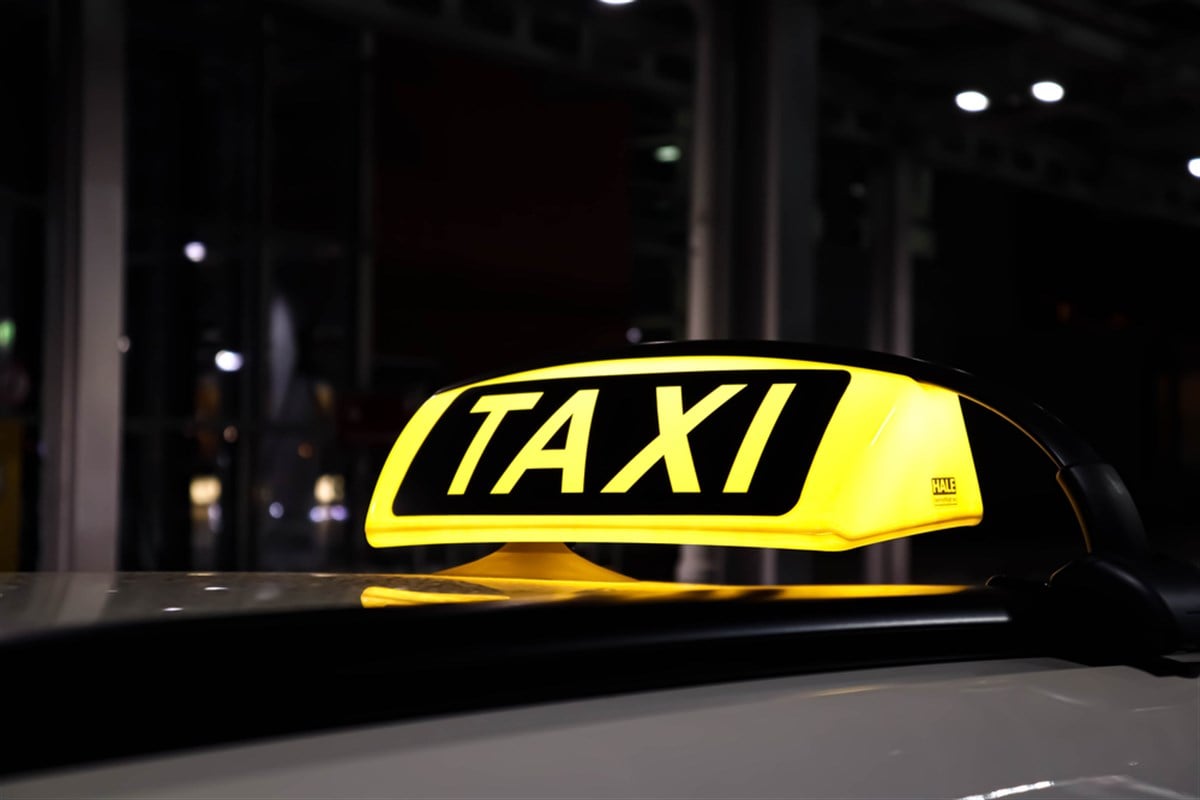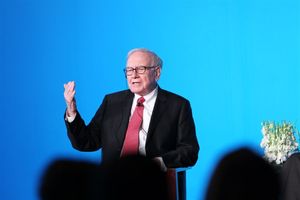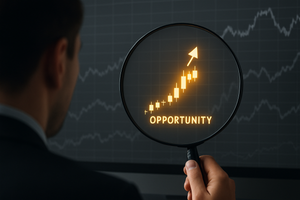
The long-held vision of self-driving taxis zipping through city streets is rapidly going from science fiction to current reality. A fight to dominate this emerging market is underway within the automotive sector. Self-driving sub-sector heavyweights like Waymo (owned by Alphabet (NASDAQ: GOOG)), Tesla (NASDAQ: TSLA) and GM Cruise (NYSE: GM) are accelerating their efforts to be first to market. Meanwhile, a new generation of specialized companies like Aurora Innovation (NASDAQ: AUR) and Luminar Technologies (NASDAQ: LAZR) are poised to shake up the status quo with innovative technologies.
The Tech Divide: Mapping the Racecourse
A fundamental divergence in technological strategies is evident at the heart of the competition to develop self-driving taxis. Companies like Waymo and Cruise have traditionally favored LiDAR (Light Detection and Ranging) systems. LiDAR employs lasers to generate highly detailed, three-dimensional representations of the vehicle's surroundings.
This data-rich approach enhances navigational precision but necessitates a complex array of hardware components, potentially impacting system costs. Conversely, Tesla champions a vision-centric strategy, primarily utilizing cameras to replicate a broader scale of human visual perception.
These divergent paths carry profound implications for the market. Investors evaluating the viability of LiDAR-heavy systems must carefully consider the long-term costs associated with these sensor-intensive setups and their impact on scalability. In parallel, the success of Tesla's camera-centric approach rests heavily on continual breakthroughs in artificial intelligence (AI) and computer vision software responsible for real-time image and data processing.
The ultimate question is whether LiDAR's precision or a streamlined camera-based system offers superior cost-effectiveness, reliability and adaptability in diverse driving conditions. This question remains a central driver of industry debate and investor decision-making.
Prioritizing Safety in the Self-Driving Taxi Race
The recent news of Cruise resuming testing in Phoenix with human safety drivers present underscores the industry's emphasis on the cautious integration of self-driving technology. This measured approach acknowledges the inherent complexities of realizing full autonomy. Safety incidents involving Tesla vehicles equipped with driver-assistance systems highlight the critical distinction investors must draw between partially automated features and the fully driverless capabilities envisioned for future self-driving taxis.
The self-driving taxi market must carefully balance fostering innovation and ensuring public safety. Safety incidents and the evolving regulatory landscape can significantly influence the sector's trajectory. Regulatory bodies will need to strike a balance between encouraging technological advancements and safeguarding public well-being.
Companies that prioritize responsible development and demonstrate a steadfast commitment to rigorous safety standards stand to gain trust and may thrive in the long run. Conversely, those entangled in safety-related controversies risk facing setbacks due to regulatory scrutiny or diminishing public confidence.
Market Disruptors
The self-driving taxi race has created an opening for a new generation of companies focused on delivering specialized components and software solutions. Aurora Innovation seeks to disrupt the market with its "Aurora Driver" platform. Designed for adaptability across a wide range of vehicle types, this platform has the potential to streamline adoption by various automakers. Simultaneously, Luminar Technologies has zeroed in on developing next-generation LiDAR sensors. Promising enhanced performance at reduced costs, Luminar's technology could reshape the economics of LiDAR-based systems, which are crucial for many self-driving solutions.
Investors should evaluate closely how these disruptive companies could reshape the established competitive landscape. Aurora and Luminar's success, should they deliver on their technological promises, could force industry titans to adapt or risk rapidly losing their competitive edge. The long-term viability of these emerging players will likely depend on their ability to forge strategic partnerships with automakers or major self-driving players, as well as their capacity to rapidly scale production and meet the surging demands of the market.
Understanding Self-Driving Taxis as a Disruptive Force
The potential for self-driving taxis to reshape urban transportation is undeniable. The ripple effects of widespread adoption could reverberate far beyond the traditional taxi industry. Legacy automakers may face disruption as the model of individual car ownership could be challenged. Furthermore, the structure of ride-hailing services and the logistics industry stand to be transformed.
For investors, the self-driving taxi market embodies a classic scenario where equally significant risks accompany substantial potential rewards. Companies that successfully navigate the intricate web of technological hurdles, evolving regulations and market acceptance could experience exponential growth in the years to come.
Conversely, the self-driving car sector is still full of uncertainty. Breakthroughs in the underlying technology may take longer than optimistic projections. Safety incidents have the potential to derail progress and severely damage public trust. Finally, shifts in the regulatory environment could create sudden roadblocks for market leaders or open up opportunities for their competitors.
The autonomous taxi industry has arrived at a crucial turning point. Technological strategies are diverging, pushing the boundaries of safety and regulation. New players are entering the scene, promising to upset the established order. How these dynamic forces unfold will not only shape the future of transportation but also create both winners and losers in the stock market.
For investors, the road ahead demands a vigilant approach. Closely monitoring technological advancements, safety track records, market expansion, legislative developments and evolving partnerships will be vital in making informed decisions in this rapidly changing sector. The ability to spot emerging leaders, assess potential risks and stay ahead of the curve will separate those who reap the rewards from those who miss out on the opportunities of this transformative and developing industry.


















